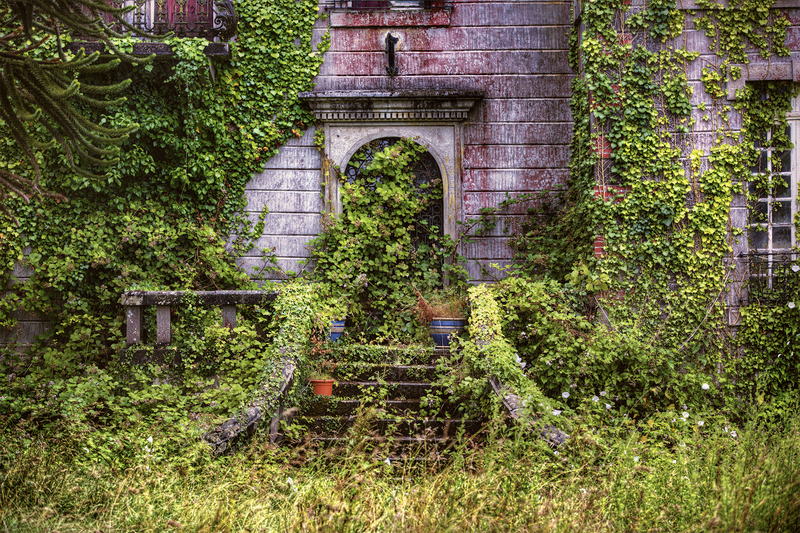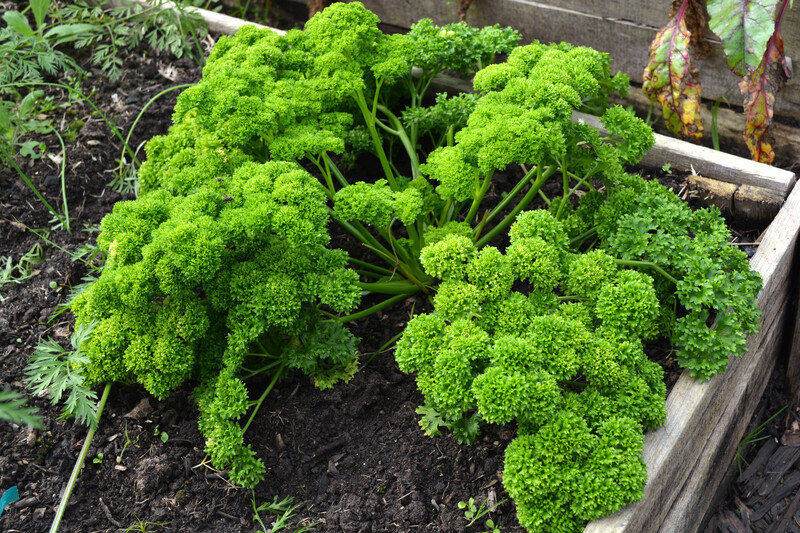Buddleias: Beneficial or Detrimental to Gardens?
Posted on 02/04/2025
Buddleias, also known as butterfly bushes, are a common sight in gardens worldwide. With their vibrant blooms and ability to attract pollinators, they have become a favorite among gardeners. However, the question persists: are buddleias beneficial or detrimental to gardens?
What Are Buddleias?
Buddleias belong to the Buddlejaceae family and are commonly referred to as butterfly bushes due to their popularity among butterflies. Originating from Asia, Africa, and the Americas, these plants have adapted to a variety of climates and soil conditions. Their stunning blooms come in a wide range of colors, including purple, pink, white, and yellow, making them a versatile addition to any garden.

Benefits of Buddleias in Gardens
1. Attraction of Pollinators
One of the most significant benefits of buddleias is their ability to attract pollinators. Butterflies, bees, and hummingbirds are particularly drawn to these plants, aiding in the pollination of other plants in the garden. This attraction is crucial for maintaining the health and biodiversity of garden ecosystems.
2. Low Maintenance
Buddleias are relatively low-maintenance plants. They are drought-tolerant once established and can thrive in various soil types. Their robust nature means that they require minimal watering and care, making them an excellent choice for novice gardeners or those looking to reduce their gardening workload.
3. Rapid Growth and Ample Blooms
These plants are known for their rapid growth and profusion of blooms throughout the summer months. This characteristic not only adds aesthetic value to gardens but also provides a long-term food source for pollinators. Gardeners looking to quickly fill an empty space or create a vibrant display will find buddleias particularly appealing.
Drawbacks of Buddleias in Gardens
1. Invasive Potential
While buddleias offer numerous benefits, their rapid growth can pose a problem. In some regions, particularly in the United States and parts of Europe, buddleias are considered invasive. They can outcompete native plants, leading to a reduction in local biodiversity. Their prolific seed production allows them to spread quickly, often dominating landscapes and displacing native flora.
2. Short-Lived and Woody Stems
Buddleias tend to be short-lived perennials and may only thrive for a couple of years before declining. Additionally, their woody stems can become unsightly and difficult to manage as they age. This characteristic requires gardeners to routinely prune and potentially replace these plants, adding to their maintenance efforts.
3. Susceptibility to Pests and Diseases
Although generally hardy, buddleias are not immune to pests and diseases. Common problems include spider mites, aphids, and buddleia leaf weevils. Additionally, these plants can be affected by fungal diseases such as root rot and downy mildew. This susceptibility necessitates regular monitoring and intervention to maintain plant health.

How to Mitigate the Drawbacks of Buddleias
1. Responsible Planting and Management
To prevent buddleias from becoming invasive, gardeners should practice responsible planting and management. This includes deadheading spent blooms before they set seed, effectively controlling their spread. In regions where buddleias are considered invasive, choosing sterile or less aggressive varieties can also help mitigate their impact on local ecosystems.
2. Regular Pruning
Regular pruning is essential to keep buddleias healthy and aesthetically pleasing. Cutting back the plant in late winter or early spring encourages new growth and prevents the woody stems from becoming overgrown. Pruning also helps maintain the plant's shape and promotes a more abundant bloom cycle.
3. Integrated Pest Management (IPM)
Adopting an Integrated Pest Management (IPM) approach can help address issues with pests and diseases. This strategy involves using a combination of cultural, biological, and chemical methods to control pest populations. For example, introducing beneficial insects, like ladybugs, can help manage aphid populations. Regularly inspecting plants and promptly addressing any signs of disease can also prevent widespread issues.
Conclusion: A Balanced Perspective on Buddleias
Buddleias undoubtedly bring numerous benefits to gardens, from attracting an array of pollinators to providing vibrant and low-maintenance floral displays. However, their potential to become invasive and issues with pests and diseases present challenges that gardeners must address.
By understanding the pros and cons of buddleias and adopting responsible gardening practices, it is possible to enjoy these beautiful plants while minimizing their potential drawbacks. Ultimately, whether buddleias are beneficial or detrimental to gardens depends on the gardener's approach to managing these captivating yet complex plants.





 Certified and experienced landscapers
Certified and experienced landscapers




 Get a Quote
Get a Quote